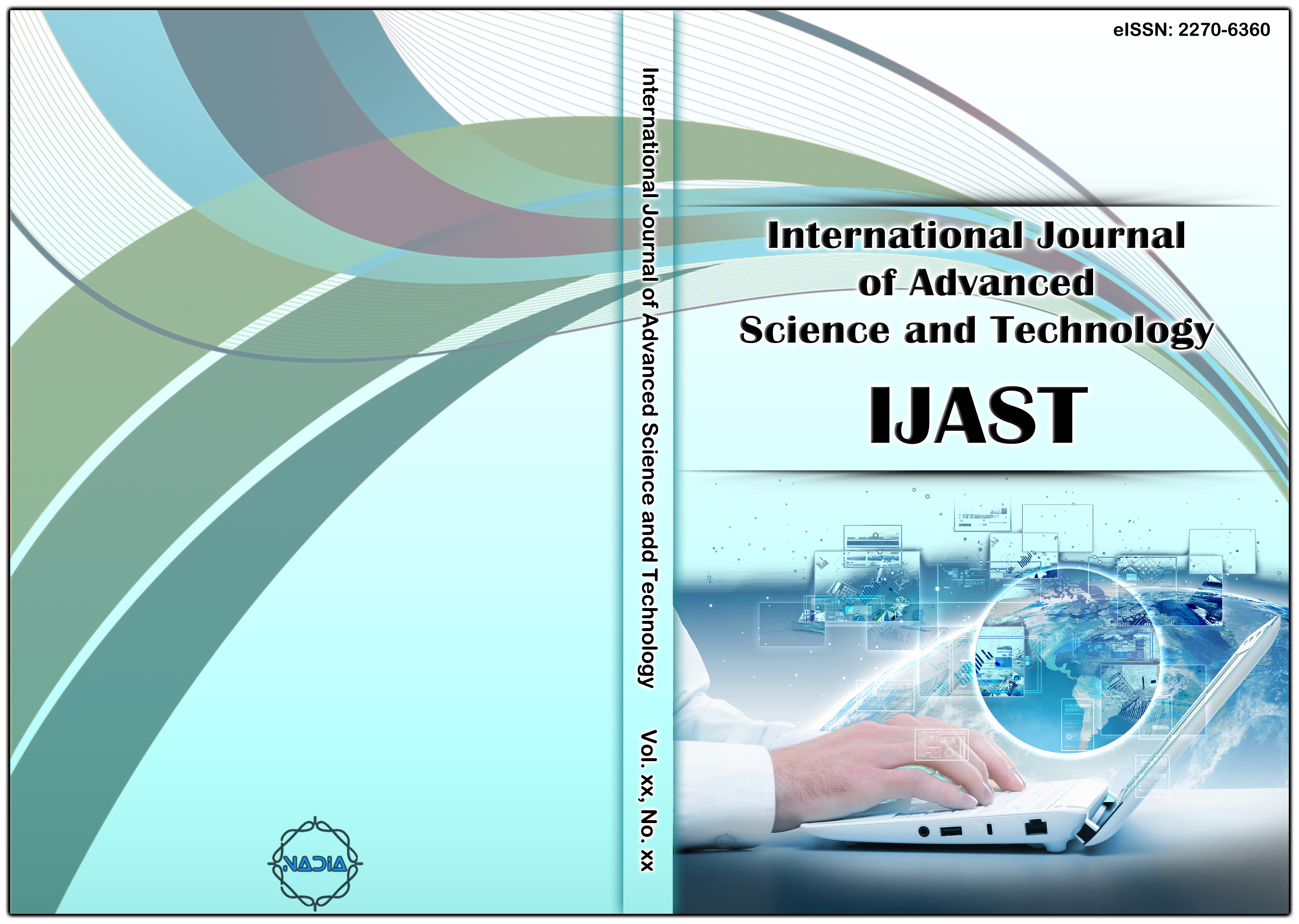[1] Krishnan, K. S., Saha, A., Ramachandran, S., Kumar, S. “Recognition of Human Arm Gestures Using Myo Armband for the Game of Hand Cricket,” IEEE International Symposium on Robotics and Intelligent Sensors, Ottawa, Canada, 5-7, October 2017, pp. 389-394.
[2] Jang, S.-W., Lee, G.-J., Jung, M. “Effective Detection of Target Region Using a Machine Learning Algorithm,” Journal of Korea Academia-Industrial Cooperation Society 19.5 (2018): 697-704.
[3] Hwang, D., Lee, K. “Robust Skin Area Detection Method in Color Distorted Images,” Journal of Korea Academia-Industrial Cooperation Society 18.7 (2017): 350-356.
[4] Hong, D. “Correlation between Interests of Hand’s Health and Hand Skin Care Behaviors by Age Group,” Journal of Korea Academia-Industrial Cooperation Society 18.11 (2017): 158-165.
[5] Phung, S. L., Bouzerdoum, A., Chai, D. “Skin Segmentation Using Color Pixel Classification: Analysis and Comparison,” IEEE Transactions on Pattern Analysis and Machine Intelligence 27.1 (2005): 148-154.
[6] Zakaria, Z., Suandi, S. A., Mohamad-Saleh, J. “Hierarchical Skin-AdaBoost-Neural Network (H-SKANN) for Multi-Face Detection,” Applied Soft Computing 68 (2018): 172-190.
[7] Brancati, N., Pietro, G. D., Frucci, M., Gallo, L. “Human Skin Detection through Correlation Rules between the YCb and YCr Subspaces Based on Dynamic Color Clustering,” Computer Vision and Image Understanding 155 (2017): 33-42.
[8] Cho, K.-M., Jang, J.-H., Hong, K.-S. “Adaptive Skin-Color Filter,” Pattern Recognition 34.5 (2001): 1067-1073.
[9] Kovac, J., Peer, P., Solina, F. “Human Skin Color Clustering for Face Detection,” International Conference on Computer as a Tool 2 (2003): 144-1448.
[10] Breazeal, C., Edsinger, A., Fitzpatrick, P., Scassellati, B. “Active Vision for Sociable Robots,” IEEE Transactions on Systems, Man, and Cybernetics-Part A: Systems and Humans 31.5 (2001): 443-453.
[11] Lee, J.-S., Kuo, Y.-M., Chung, P.-C., Chen, E.-L. “Naked Image Detection based on Adaptive and Extensible Skin Color Model,” Pattern Recognition 40.8 (2007): 2261-2270.
[12] Fang J., Qiu, G. “A Color Histogram-based Approach to Human Face Detection,” International Conference on Visual Information Engineering, Guildford, UK, 7-9, July 2003, pp. 133-136.
[13] Kawaguchi T., Rizon, M. “Iris Detection Using Intensity and Edge Information,” Pattern Recognition 36.2 (2003): 549-562.
[14] Sigal, L., Sclaroff, S., Athitsos, V. “Skin Color-based Video Segmentation under Time-Varying Illumination,” IEEE Transactions on Pattern Analysis and Machine Intelligence 26.7 (2004): 863-877.
[15] Cernadas, E., Fernandez-Delgado, M., Gonzalez-Rufino, E., Carrion, P. “Influence of Normalization and Color Space to Color Texture Classification,” Pattern Recognition 61 (2017): 120-138.
[16] Wang, S.-C., Gao, R., Wang, L.-M. “Bayesian Network Classifiers Based on Gaussian Kernel Density,” Expert Systems with Applications 51 (2016): 207-217.
[17] Hoz, E. D. L., Hoz, E. D. L., Ortiz, A., Ortega, J., Prieto, B. “PCA Filtering and Probabilistic SOM for Network Intrusion Detection,” Neurocomputing 164 (2015): 71-81.
[18] Sun, Y., Tang, Y., Ding, S., Lv, S., Cui, Y. “Diagnose the Mild Cognitive Impairment by Constructing Bayesian Network with Missing Data,” Expert Systems with Applications 38.1 (2011): 442-449.
[19] Saini, R., Roy, P. P., Dogra, D. P. “A Segmental HMM based Trajectory Classification Using Genetic Algorithm,” Expert Systems with Applications 93 (2018): 169-181.
